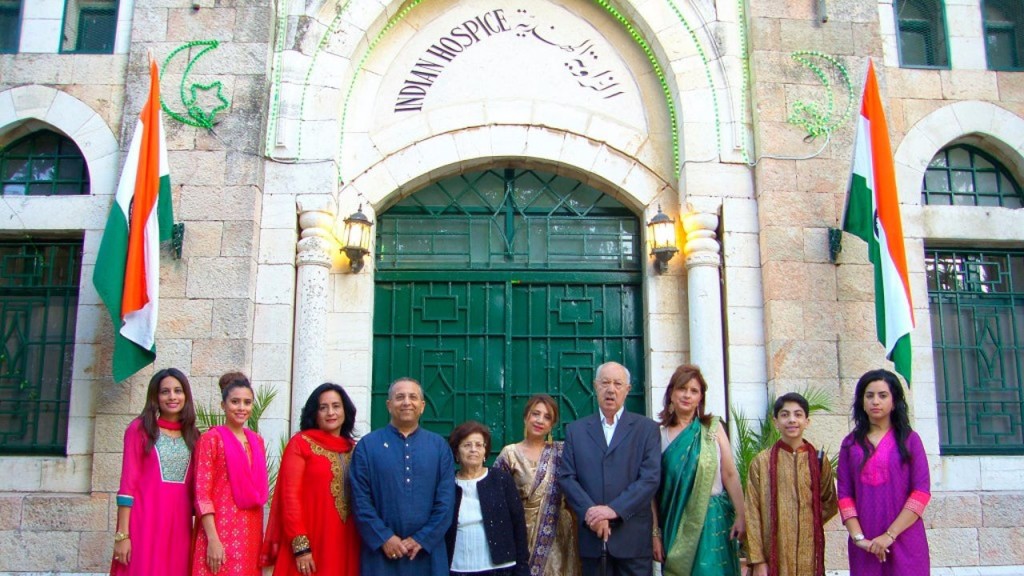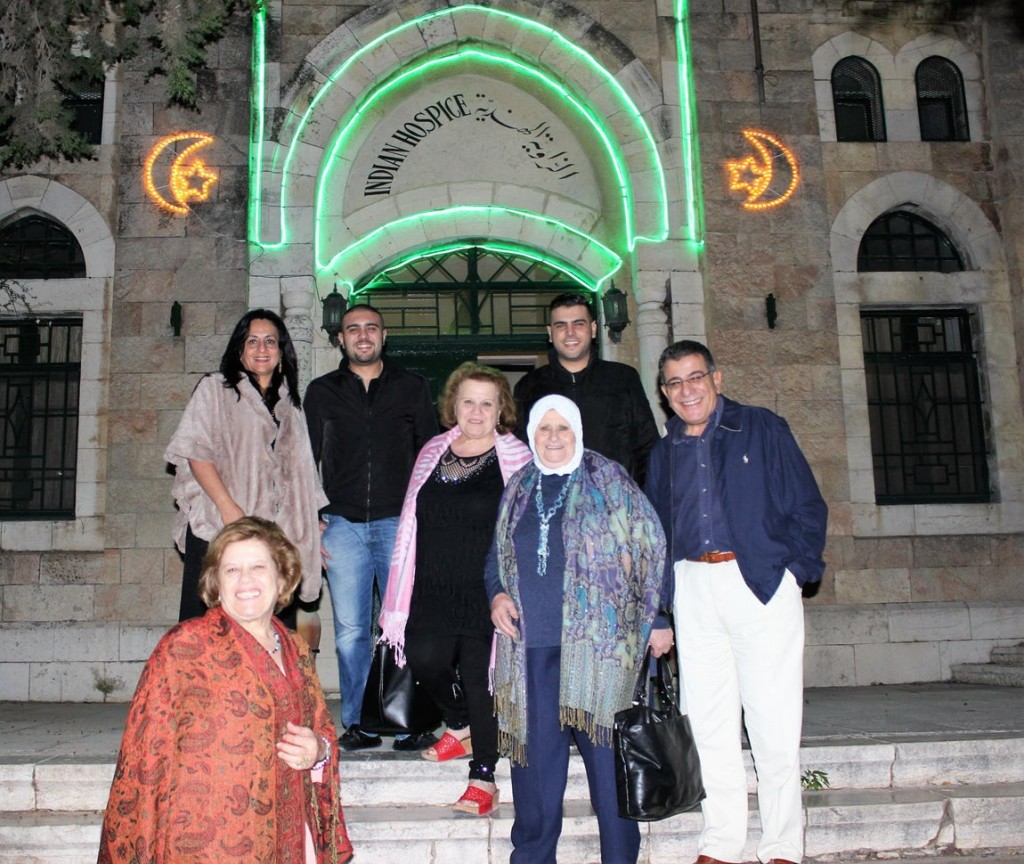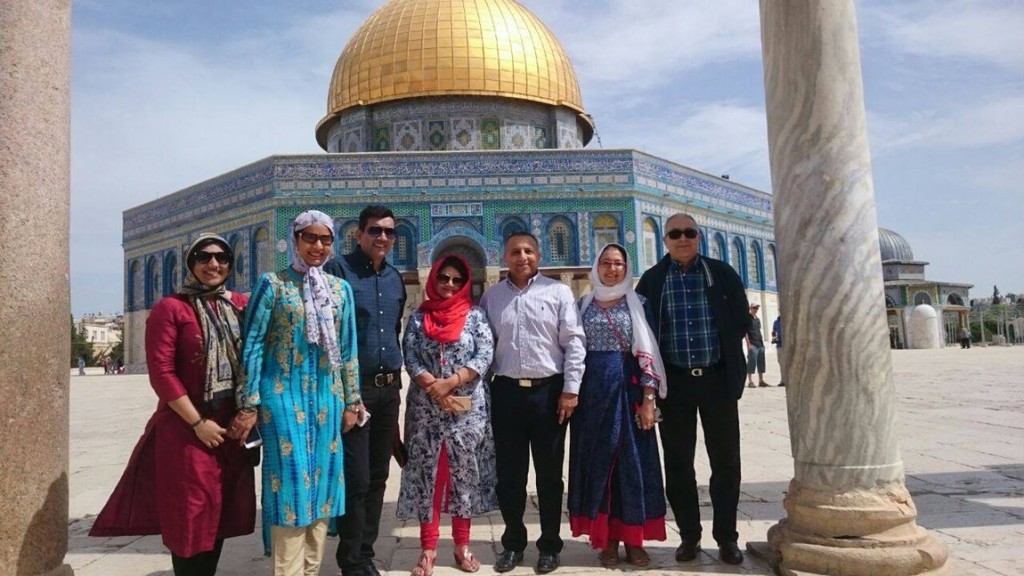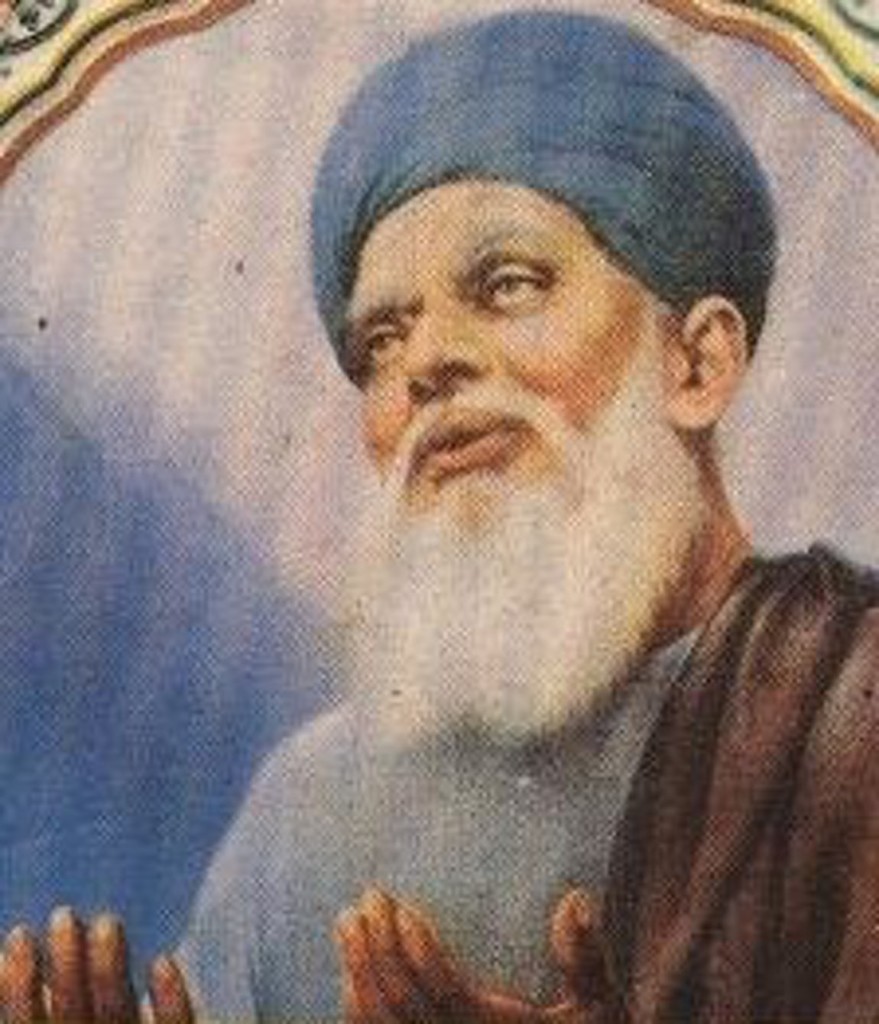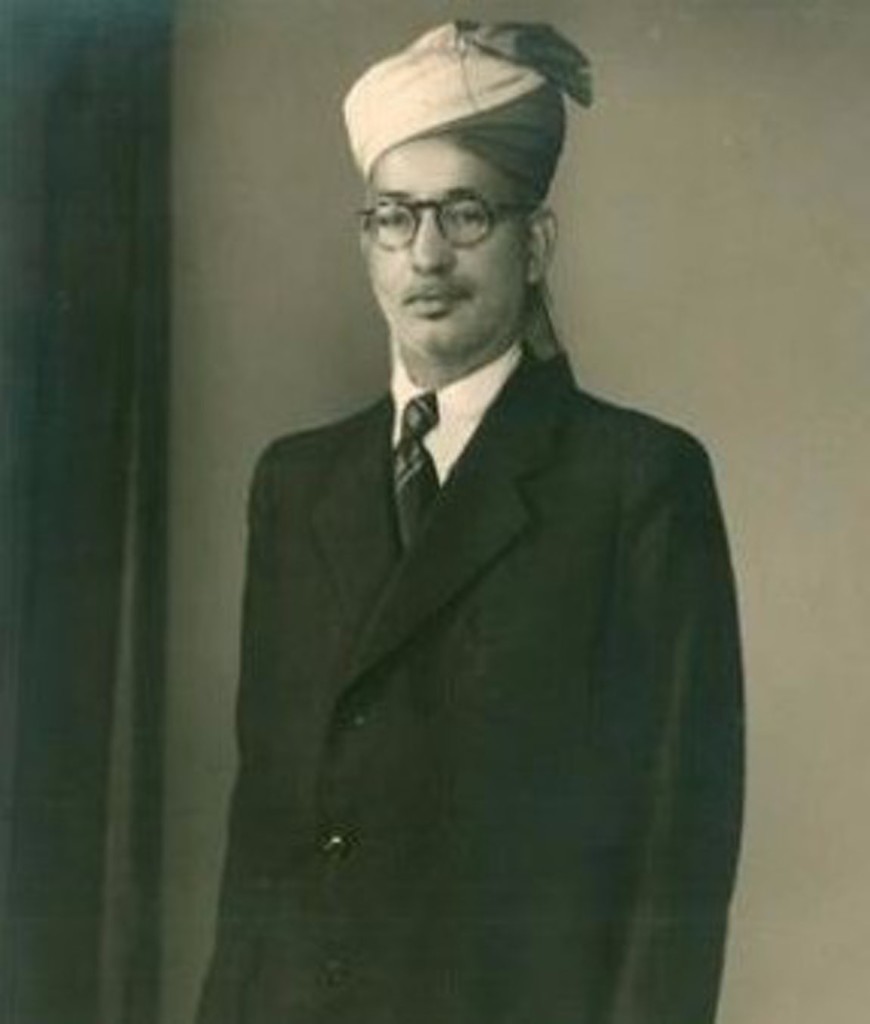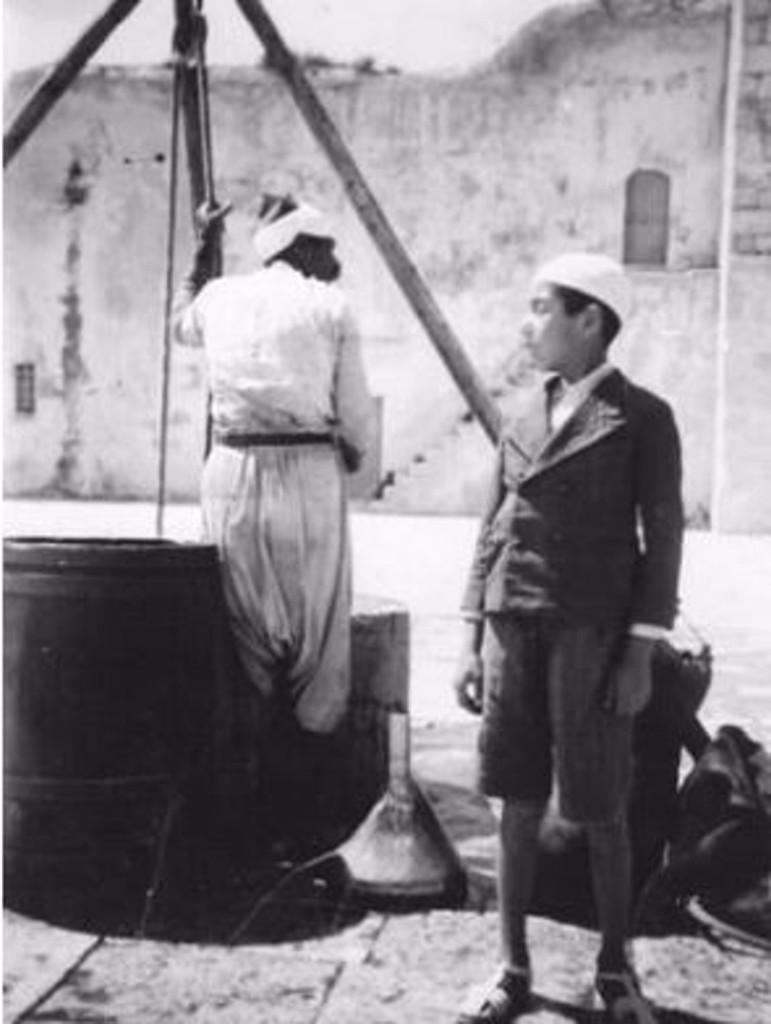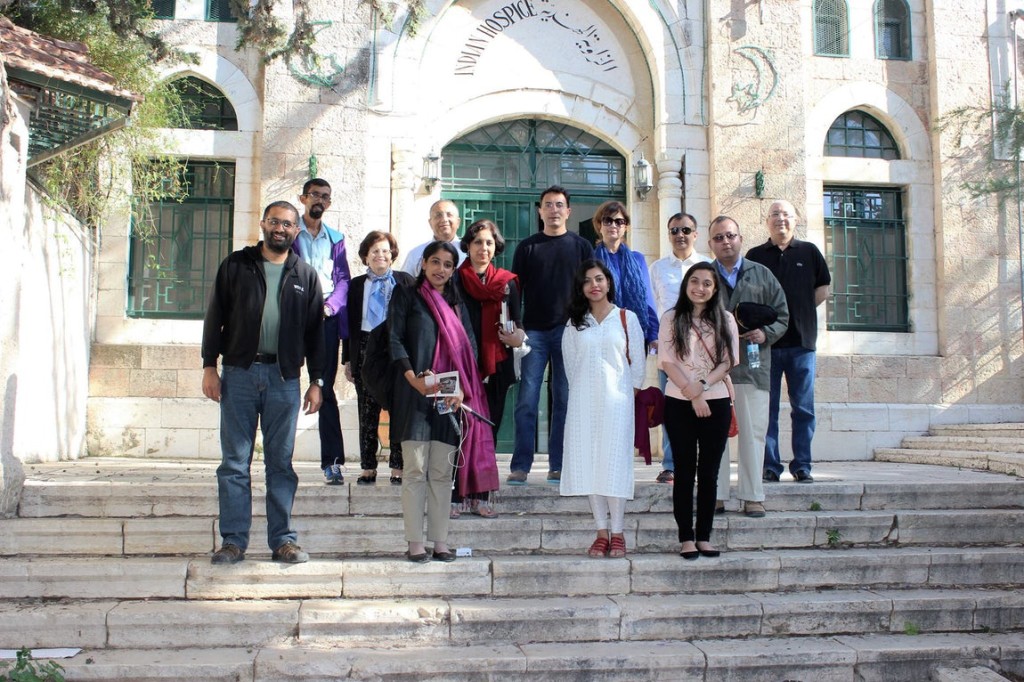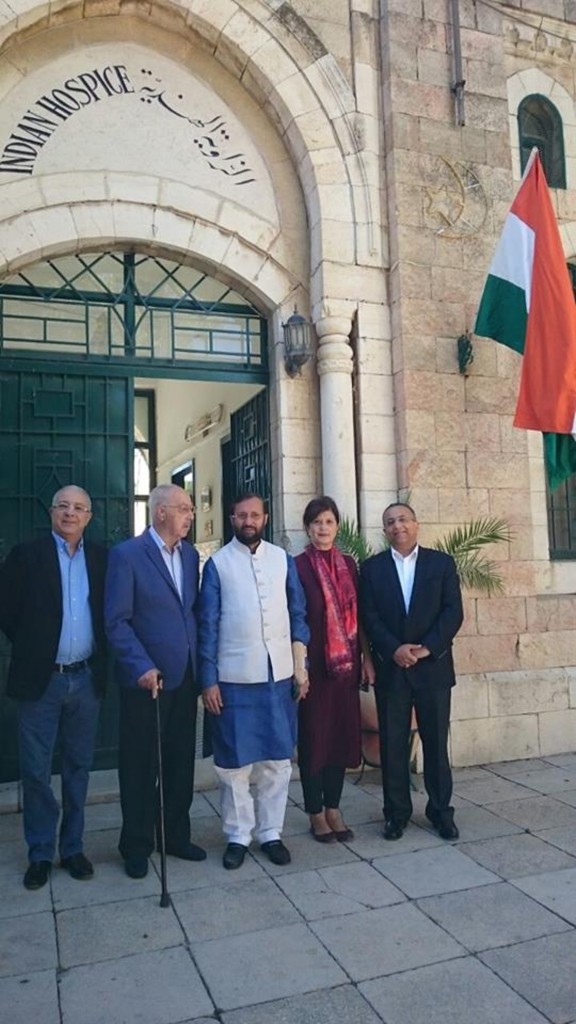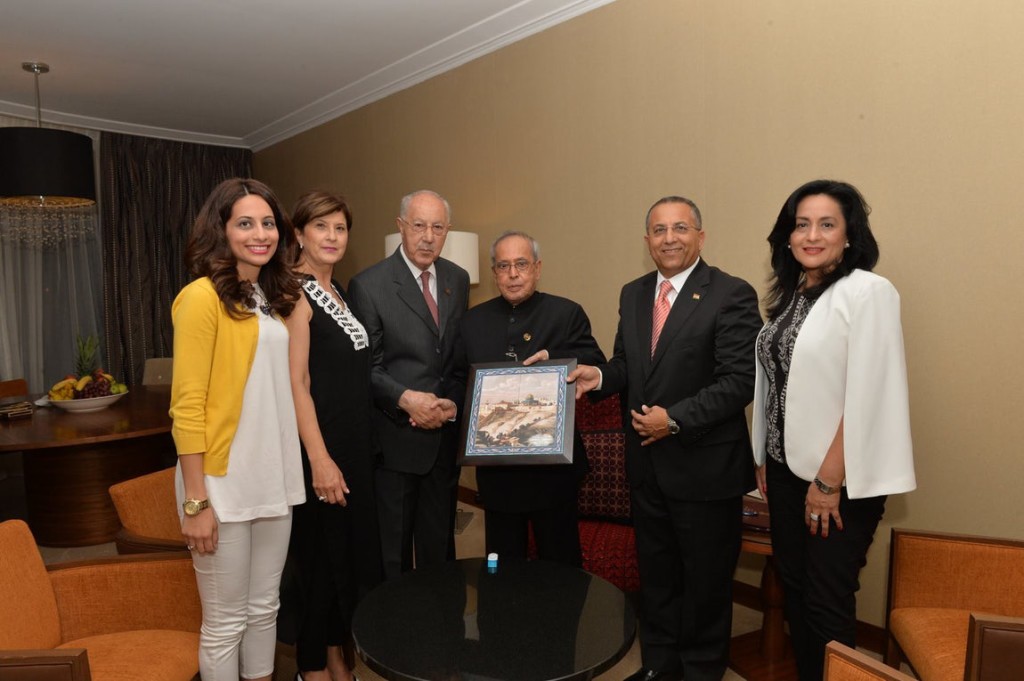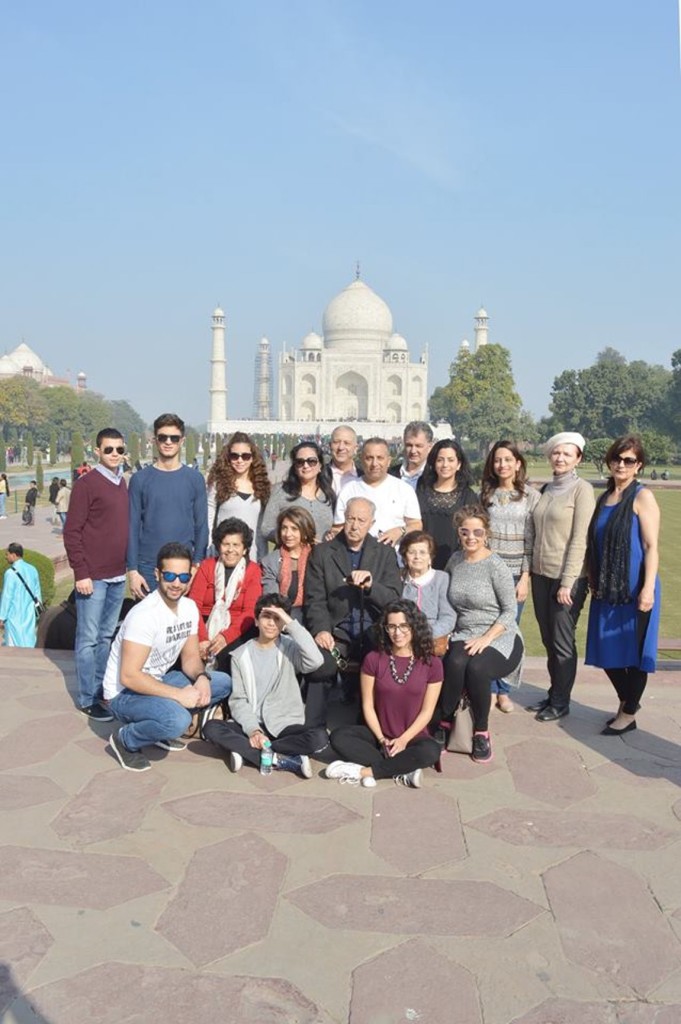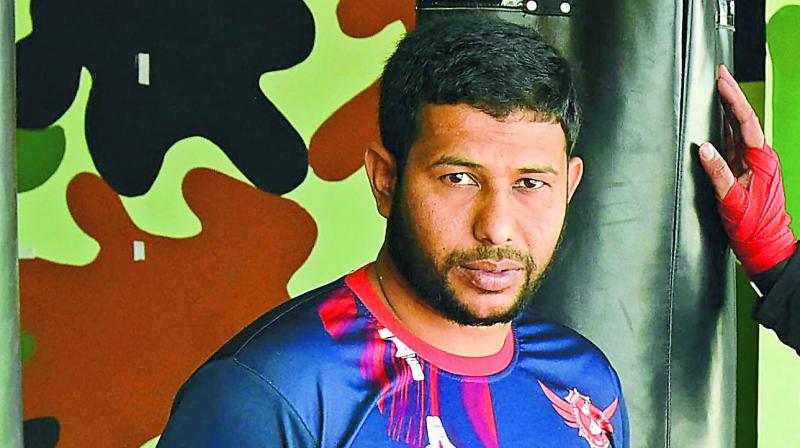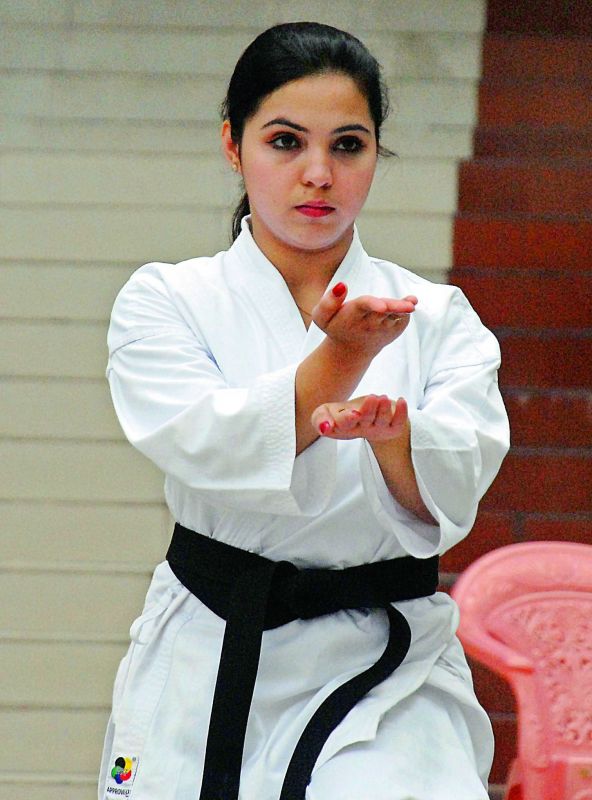Hyderabad, TELANGANA / UNITED STATES OF AMERICA :
‘Growing up as the son of immigrants, I think it was cool because you grow up with like a dual mind.’
Mouth stuffed with “desi soul food” at a restaurant named Hyderabadi House, Zeshan Bagewadi talks about his family’s journey from Hyderabad to Chicago in Desi Soul, a biopic on his life. The musician explains his relationship with music and the complexities and subtleties of living in America as an Indian Muslim immigrant in this film made by Loyola University, Chicago, and MALA (Muslim American Leadership Alliance).
“You know, growing up as the son of immigrants, I think it was cool because you grow up with like a dual mind. Like I said, you learn different languages and you learn different customs, different ways of life,” he says in the video. Zeshan was born an Indian-American in Chicago, his parents having immigrated to the United States in the mid-1980s.
“I’m proud of all the melanin in my body.”
Bagewadi isn’t simply an Indian-American or a Muslim, though – he is primarily a singer and a musician. “Music’s taken me to the White House, the Apollo Theatre, taken me to India, taken me to England, Italy…but most importantly, it’s taken me where I am right now,” says the singer, whose claim to fame are his powerful vocals – he used to be an opera singer – and his video, Border Anthems, which unites the Pakistani and Indian national anthems:
Music came to Zeshan early in his life, but after delving into, and studying, classical music and becoming an opera singer, he realised he savoured soul and blues music, which he grew up listening.
“Growing up, black music, particularly blues, rhythm and blues, soul, that was sort of the soundtrack of my childhood,” he says, claiming that the Black experience and narrative has a certain proximity in his life, which he has grown to love and respect, especially the “blue note”, which he feels is “a note of instability” that is “born in oppression” and can be felt on a visceral, real level.
He previously covered and repurposed Cryin’ in the Streets by George Perkins, which supposedly resonates with his own experiences growing up as an Indian-American Muslim in Chicago, and is a song for today’s civil rights struggles:
Bagewadi says, “What I like about this, what I like about singing the music that I sing is that there’s no way it ought to be done, as long as it’s just real, you know? And I dig that.”

